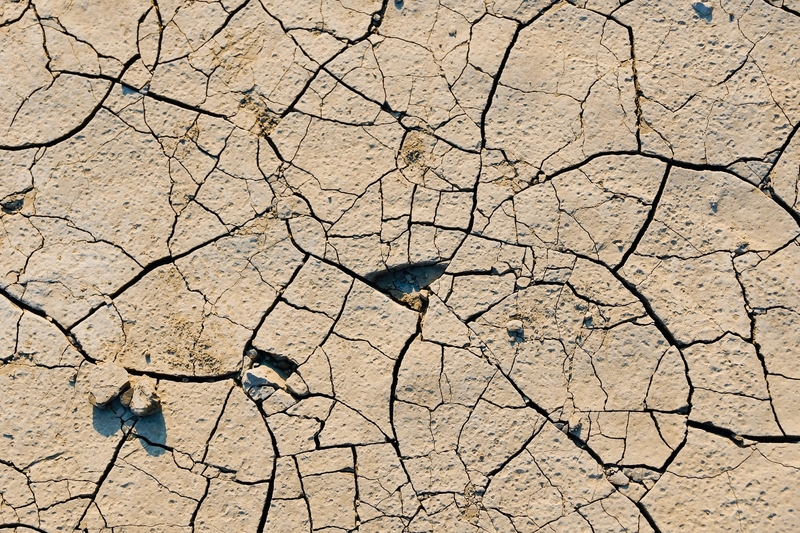Scientists say a combination of the El Niño weather event and an unusual patch of warm water in the Atlantic Ocean are behind the historic drought Brazil is experiencing, which has dried up sections of the Amazon River and other watercourses across the region in recent weeks.
—
The Amazon River saw its lowest level since records began in 1902 on Monday amid a prolonged drought that has left countless Indigenous communities stranded without fuel, food, and drinking water in recent weeks.
Authorities in the Brazilian state of Amazonas reported a new low record near the port of Manaus, where the Rio Negro and the Amazon River – the largest river by volume and the second-longest in the world, meet. On Monday, water levels at the port fell to 13.59 metres (44.6ft), four metres below last year’s level and the lowest in more than a century, breaking the previous all-time low record set in 2010.
“We have never seen anything like this. It is the worst drought in history,” said Amazonas governor Wilson Lima.
Parts of the Amazon River, currently in its dry season, have been drying up at a rate of 30 centimetres (11.8in) per day since mid-September as a result of record-high temperatures and unusual dryness in the region. By the end of September, the river stood at 16.4 metres (54ft), about six metres below its level in the same period last year, leaving entire communities stranded and struggling to access vital resources including fuel, food, and freshwater. A state of emergency has been declared in 50 towns and cities in the Amazonas, affecting nearly 500,000 people.
“We have gone three months without rain here in our community,” Pedro Mendonca, who lives near Manaus in Santa Helena do Ingles, told Reuters. “It is much hotter than past droughts.”
Aside from the depleting river level, the extreme conditions – which are expected to last well into 2024 – have brought significant problems to the region.
Extreme temperatures have recently killed 120 Amazonian river dolphins, one of a handful of freshwater dolphin species to experience dramatic declines in population in recent years, as Lake Tefé’s waters exceeded 102F (38.8C). About eight of every 10 carcasses were pink dolphins, representing 10% of their estimated population in Lake Tefé – located 595 kilometres by river to the west of Manaus on the south bank of the Rio Solimões (the upper Amazon), according to Miriam Marmontel, a researcher at the Mamiraua environmental institute specialised in aquatic mammals and conservation.
“Ten percent is a very high percentage of loss, and the possibility that it will increase could threaten the survival of the species in Lake Tefé,” Marmontel said.
Brazil’s Science Ministry blames climate change for the historic Amazon drought, which has been further exacerbated by the return of El Niño, a weather phenomenon associated with the warming of surface waters in the Equatorial Pacific.
“We are seeing a collision of two phenomena, one natural which is El Niño and the other a phenomenon produced by humans, which is the change in the Earth’s temperature,” said Environment Minister Marina Silva, adding that the unprecedented drought could happen more frequently.
You might also like: What the Panama Canal Drought Tells Us About the Fragility of Global Trade




















